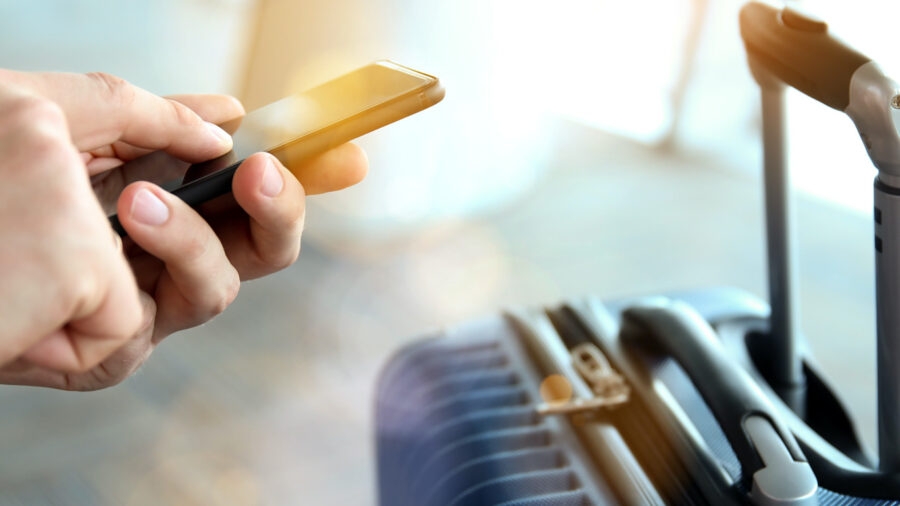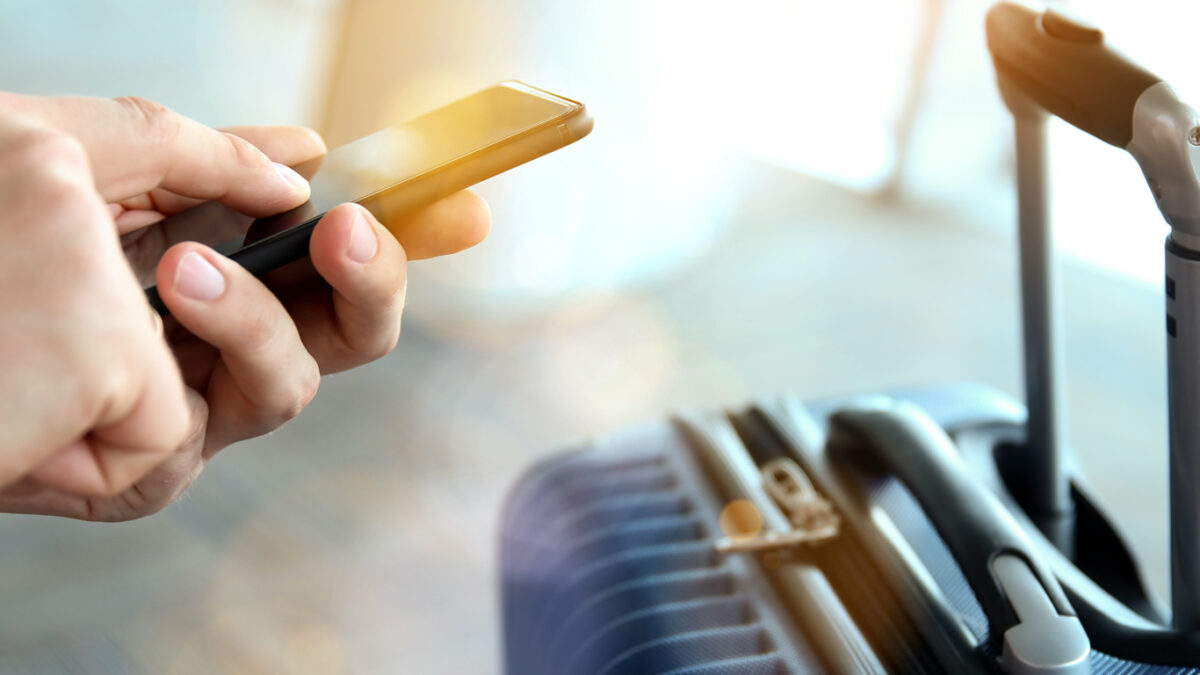
By Ronnie Farzad, Principal, Spark Cooperative
We’re infatuated with technology, and when we think about cool tech in experiential settings – hotels, casinos, resorts, entertainment districts, and even universities – we imagine all of the sexy stuff: apps, digital screens, RFID sensors, well-designed websites, and the like. These technologies can certainly be transformative. A great app or website can provide self-service opportunities, freeing up service staff from fielding unnecessary calls. RFID sensors can make contactless payments and room entry a breeze. But these innovations are now table stakes, and even B-list brands have adopted them into their portfolios.
For hospitality companies and other brands that have captive audiences spending time within their four walls, technology needs to do more than make room access simpler or services more easily attainable. Technology, when utilized correctly, should enhance all that a space has to offer, and act as an additional layer to the experience as a whole.
We don’t have to strain to imagine a customer experience marred by crappy technology. The website doesn’t tell us much about what’s available on property; the app is slow and poorly designed; digital screens on-site are templated and tell us nothing of value. But the truth is, even if you get those details right, your customer experience can suck because it isn’t taking full advantage of how it can be supported by technology.
Problem Solving through Technology
Let’s talk about the ideal. How and where you apply technology into your ecosystem should begin with the design of the customer journey. No time or interest in designing this component in house? Let’s grab a coffee and chat about how Spark can help you embark on this exercise (schedule time now). In the meantime, here are a few pointers on how technology can transform your customer/guest experience.
First, the most effective technology can be completely invisible. With the key points you want your staff to deliver for the customer in mind, think about how technology can enhance their ability to do so. For example, for a resort or cruise property, deep knowledge of the tours and points of interest at each destination—available at your staff’s fingertips—will allow them to make well-informed recommendations when prompted.
Troubleshooting with technology can also be a gateway to new methods of problem-solving. Let’s illustrate: begin with the extremely ambitious goal of making any product or service available to any customer/guest anywhere on property, at any time. Sounds absurd, right? In fact it’s not; what’s crazy is that we have been conditioned by operational realities to only deliver in ways that are already convenient. But back to the absurd: pretend like it is possible and examine which operational limitations this experiment forces you to upend. Typically, when you go down this rabbit hole, it opens up unexplored possibilities even before new technology is added.
Pre-totyping.
Building technology around ideas that might be possible before they are fully formed is called pre-totyping. Think of a restaurant that may list and promote a menu item that doesn’t actually exist. They’re able to gauge the popularity of an item before they ever embark on creating it. Why do this? Well, like prototyping, you’re able to become an expert on potential customer interest and questions before you spend a dime. Beyond technology, pre-totyping venues and even furniture can help you make critical tech decisions. Case in point: we once pre-totyped a new service desk made out of foam and proceeded to roleplay as staff and guests. We quickly understood the technology we’d have to build into the venue and the features and content that would have to go into each to deliver the ideal experience. Which leads to the next point…
Friction.
It’s something we don’t think a lot about in the hospitality industry, but it’s there at every turn. From the moment a customer books and the time they spend planning their stay, to pre-arrival and their time on property, there are many forces working against the customer’s desire to maximize their experience (and open up their wallet). Typically, these are instances when time is limited, the guest is rushed, staff are ill-prepared, or needs cannot be met. Now think about how technology can reduce friction in these instances, or eliminate it entirely.
Segmentation.
The guest mix at any given hotel, resort, casino property or onboard any cruise ship is constantly evolving based on seasonality, weekday vs. weekend, and business travel. But most brands don’t tailor services, programming and other offerings to match this evolution. It’s not that operators don’t care; they simply lack the tools to make on-the-fly adjustments to the dimensions of the experience based on changes in guest demographics. The good news is, we created GO by Spark to help brands quickly adapt their on-property experience in response to changes in the guest mix. Take a peek and we’ll show you how the software works (schedule time now).
Any of these tips make great starting points to integrating diverse forms of technology into your customer experience depending on where you are in the process. Consider a shortcoming you’d like to respond to, imagine the ideal, and chances are tech can help solve for the enhancement of your brand and the enjoyment of your customers. If unpacking the nuances of the digital aids we so often take for granted appears daunting, Spark has the expertise to support you along the way. Let’s get coffee and chat about how we can help you maximize your guest experience through technology.

